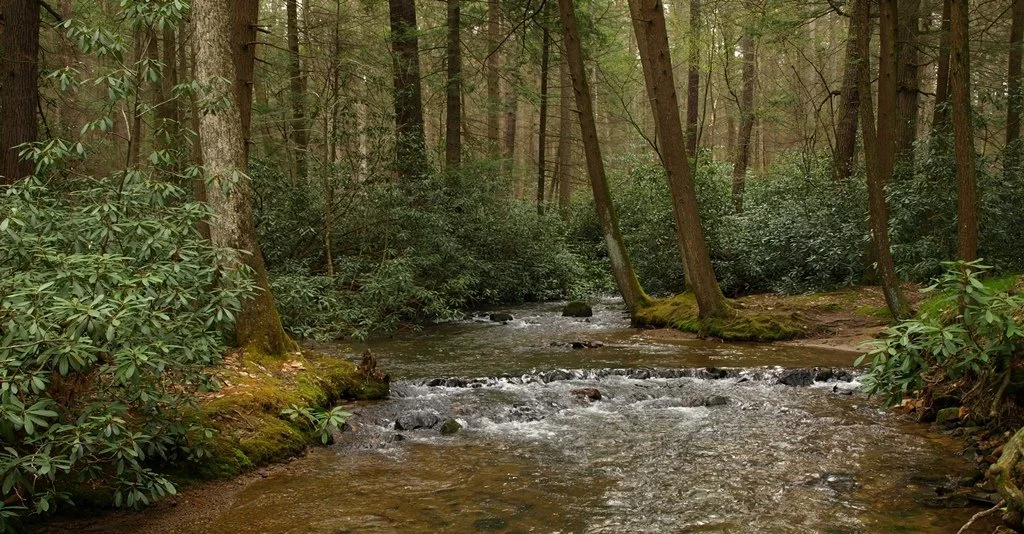Forest Bathing at Alan Seeger
/It’s a green place, a quiet place, a remnant of the forest that existed in central Pennsylvania when my fictional sheriff Gideon Stoltz would have been alive.
I was a young boy when I first visited Alan Seeger Natural Area, in a state forest near where I grew up. Our family would picnic in the shade of the trees that tower up on the site. The natural area, named for a poet killed in World War I, protects a 120-acre stand of what used to be called “virgin timber” and is now generally termed “old-growth forest.”
The trees have massive trunks and crowns that knit together high overhead, keeping the place cool and dim even on a hot summer day. Hemlocks predominate, mingling with huge white pines, oaks, black gums, cucumbertrees, and tuliptrees. Some of the trees stand more than 100 feet tall and exceed 500 years of age.
alan seeger natural area, photo by charles fergus

